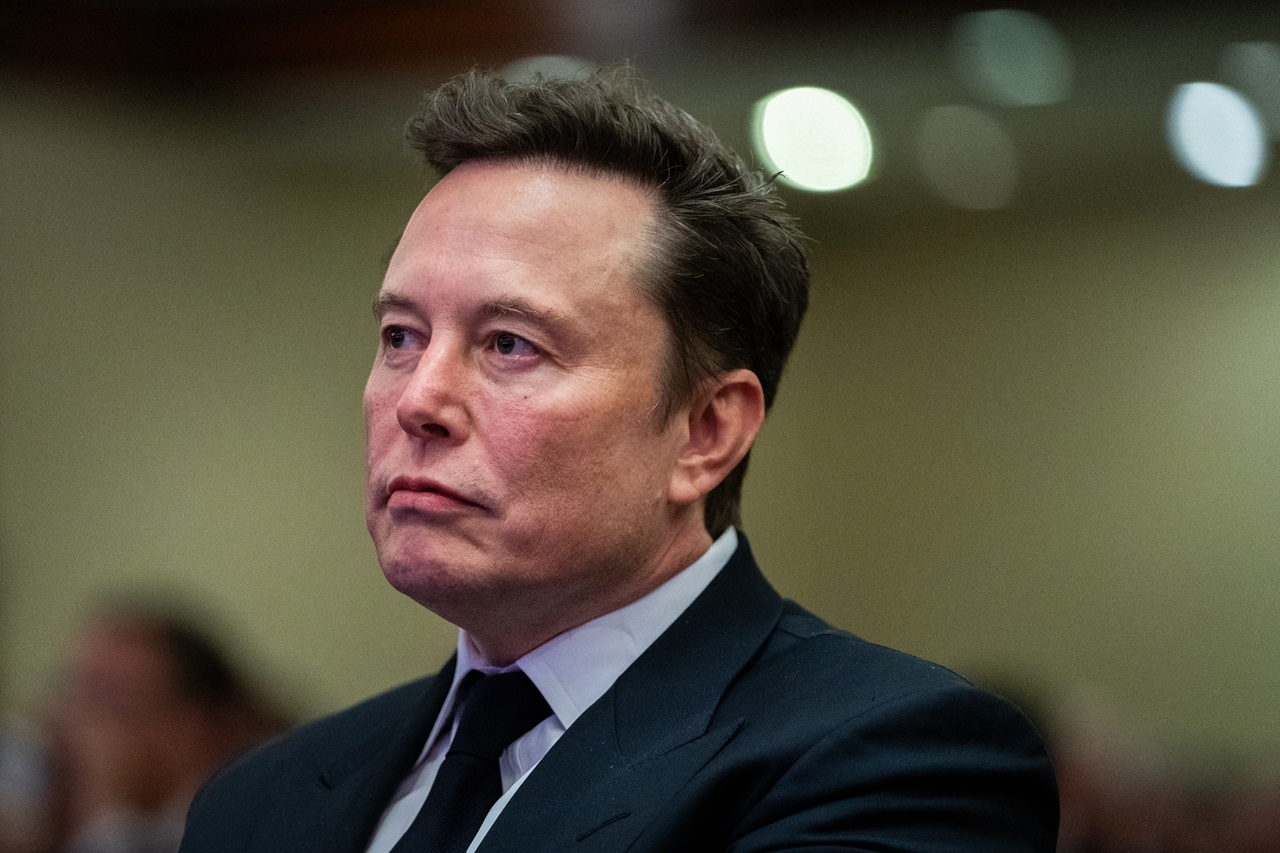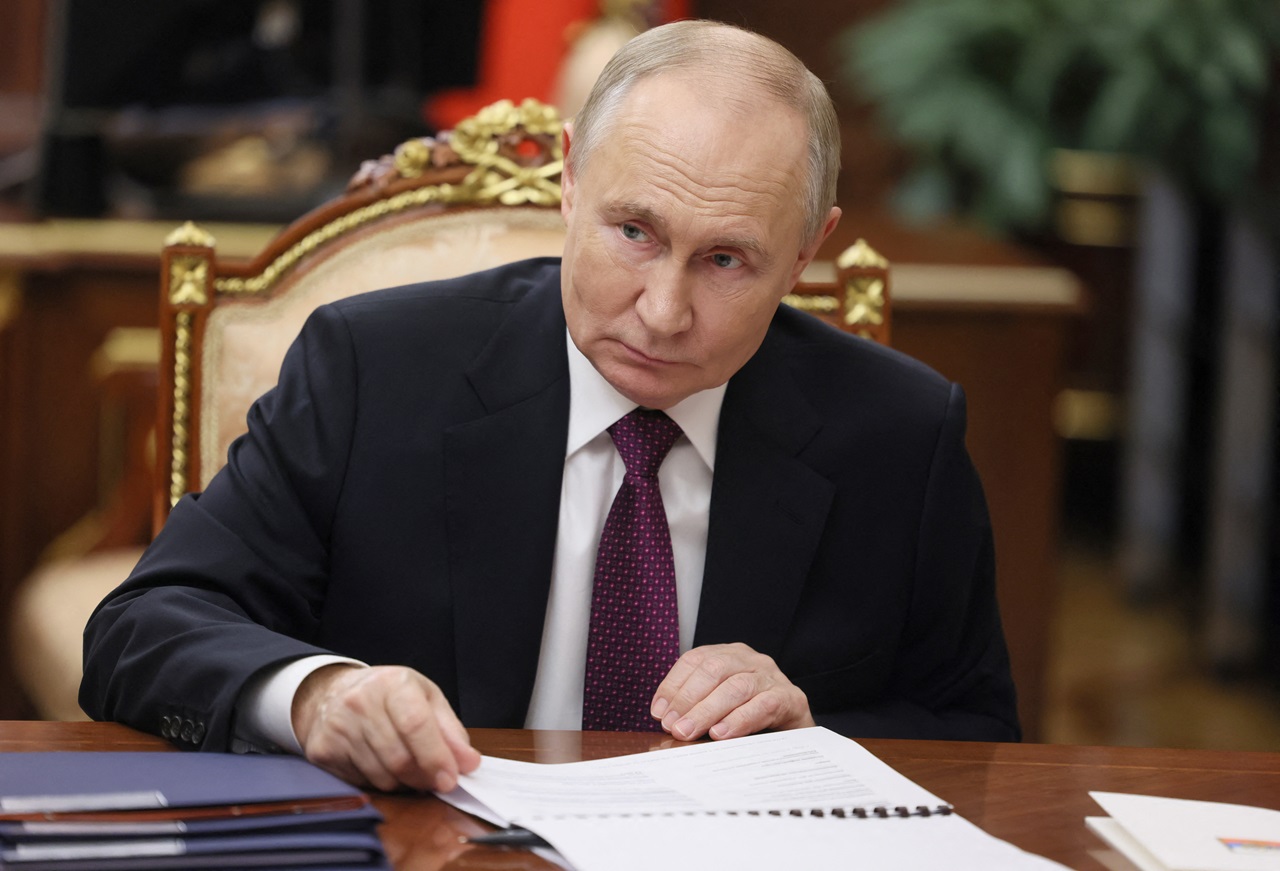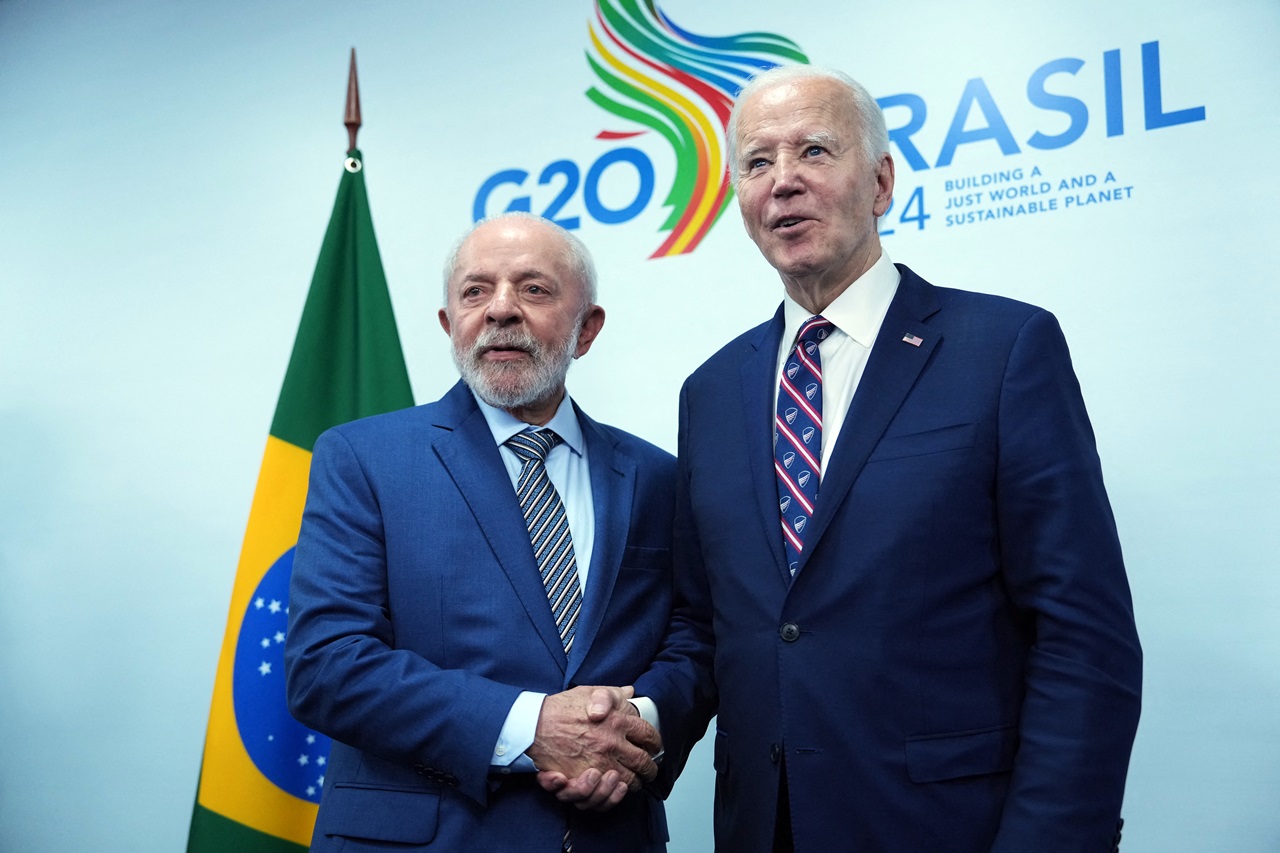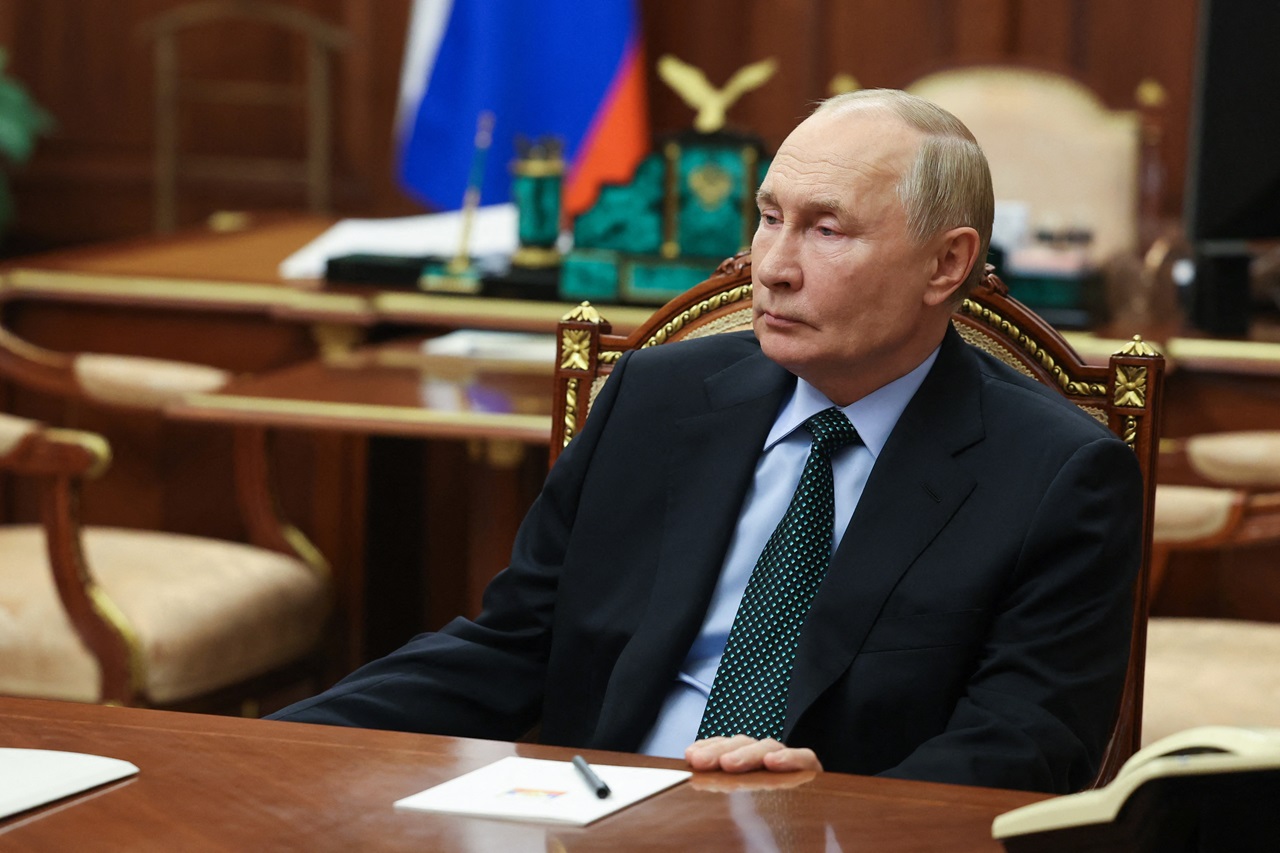
Challenges Facing Stateside Puerto Ricans in the 21st Century
During the first decade of the 21st Century, this is the first time since 1910 that Puerto Rico's population has declined, while the stateside boricua…
The Puerto Rican population living stateside has, according to the latest figures from the Census, grown to 4.2 million, compared to 3.5 million in Puerto Rico. We were able to document the size of the stateside community growing larger than that of the Island for the first time in 2004 when we published the Atlas of Stateside Puerto Ricans. During the first decade of the 21st Century, this is the first time since 1910 that Puerto Rico's population has declined, while the stateside boricua population has continued to increase, reflecting an outmigration from Puerto Rico perhaps as great as that of the 1940s.
The fact that there are now more Puerto Ricans living in the states than in Puerto Rico poses some interesting questions about the relationship between the two communities. Because most stateside Puerto Ricans maintain strong ties with their homeland as a result of having relatives and friends there, many owning property and just their pride in being Puerto Rican, there has always been a desire to be supportive of each other. Since stateside Puerto Ricans have three full voting Members of Congress, and Puerto Rico only has a nonvoting Resident Commissioner representing it in the U.S. House of Representatives, those Puerto Ricans living stateside have come to the rescue of Puerto Rico time and time again when the US Federal government has treated the US citizens of Puerto Rico unfairly in terms of budget and other policy matters.
On the other hand, Puerto Rico has not been as supportive of the development of the stateside Puerto Rican community as it could be. While there are many obvious ways that a mutually beneficial relationship between the two communities could be nurtured, the government of Puerto Rico, whether under the pro-statehood Partido Nuevo Progresista (PNP) or the pro-Commonwealth Partido Popular Democrata (PPD), has shown a certain paternalism and dismissive attitude towards Puerto Ricans stateside. This was not always the case, as with Puerto Rico's establishment of a Migration Office in New York City back in 1948, but has certainly become the case with the latest incarnation of that office into what is known today as the Puerto Rico Federal Affairs Administration (PRFAA).
During the Administration of Puerto Rico Governor Sila Calderon in 2001-5, it appeared that Puerto Rico had finally gotten the message that investing in the stateside community was good politics and made economic sense, establishing offices in 12 locations in the Puerto Rican Diaspora stateside. Subsequent governments of Puerto Rico, no matter whether led by the PNP or the PPD, dismantled these offices to the point where today they only have two, one in Washington, DC and the other in New York. And even in the private sector, there is much hushed commentary in Washington, DC circles how Island corporate and political interests have captured and displaced the core mission of the only stateside Puerto Rican national civil rights in the Beltway, the National Puerto Rican Coalition (NPRC), turning it into a largely lobbying firm for those interests and away from its original mission of representing the interests of the stateside Puerto Rican community.
Meanwhile, the stateside Puerto Rican population has spread out more and more geographically. Where New York City was once home to 80 percent of the Puerto Ricans residing in the United States (outside of Puerto Rico), today less than a quarter live in the Big Apple, although it remains the largest concentration with close to 800,000 Puerto Ricans. The big story for this community is what I call the "Florida phenomenon." The state of Florida has the second largest concentration of Puerto Ricans of all the states with 728,637 in 2009 (4 percent of the state's population).
As a result of a number of factors, the stateside Puerto Rican reality has become more complex than ever. Economically, this population has become more diverse, pointing to the development over time of a geographic economic polarization, with high poverty areas in the traditionally Puerto Rican regions of the Northeast and Midwest, and more affluence in more newly settled areas in the South and West. While for decades the political consensus for stateside Puerto Ricans (although not its leadership) was pro-Commonwealth for Puerto Rico, the "Florida phenomenon" I mentioned has introduced a strong pro-statehood element in the last twenty years for the first time, presenting the possibility of a geographic political polarization on the status question.
On top of these relatively new challenges facing stateside Puerto Ricans is the challenge of the seemingly growing invisibility of specifically stateside Puerto Rican issues as the immigration debate continues to grow. While not directly affected by these immigration issues, having been made U.S. citizens by an act of Congress in 1917, Puerto Ricans have and continue to play a leading role in the struggle for the protection of immigrant rights. However, in the process, issues affecting Puerto Ricans directly, like employment, housing, education and so on, have become marginal in today's public policy agenda. A report late last year that showed largely U.S.-born and English-dominant Puerto Rican youth in worst straits in many ways than more newly-arrived Latino immigrant youth was an eye-opener for Puerto Rican leaders whom themselves have neglected these issues within their own community.
While it may sound trite to observe that the stateside Puerto Rican community (as well as Puerto Rico) is at a major crossroads today, this is certainly the case. Puerto Rican activists throughout the United States have the feeling of a community with a proud history of struggle for civil and human rights having become nearly invisible in this country's public policy discourse. There is a growing feeling that stateside boricuas need to get back to basics to organize at the grassroots as well as figure out new ways to enlist a growing and more affluent professional class into a new movement for change. These, alas, are just some of the challenges stateside Puerto Ricans face in the 21st Century. So, as we used to say all the time, "¡Pa'lante, siempre pa'lante!"










LEAVE A COMMENT:
Join the discussion! Leave a comment.